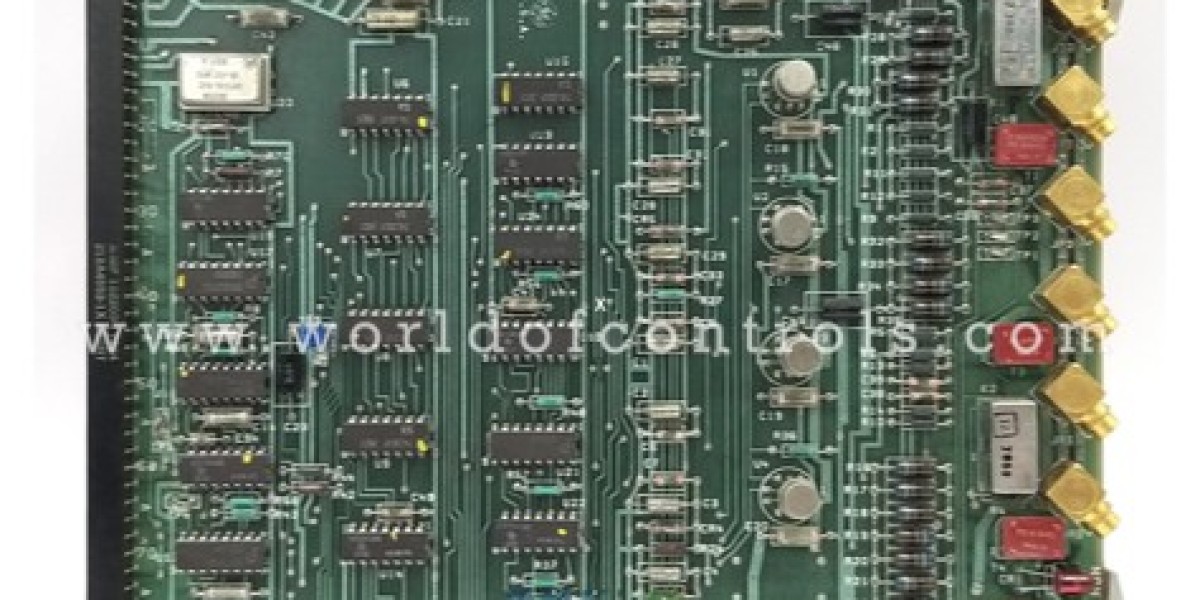In today's rapidly evolving technological landscape, the demand for high-speed data transfer and communication has become more crucial than ever. High-speed data link boards play a pivotal role in facilitating seamless connectivity across various devices and systems. From streaming high-definition videos to real-time data sharing in industrial applications, these boards have become an integral part of modern communication networks. In this article, we'll delve into the world of high-speed data link boards, exploring their significance, components, applications, and future trends.
1. Introduction:
High-speed data link boards have revolutionized the way we transmit and receive data, enabling us to achieve faster communication speeds with minimal delays. Whether you're streaming your favorite content or sharing critical information in industries like healthcare and aerospace, these boards have become the backbone of modern connectivity solutions.
2. Understanding High-Speed Data Link Boards:
2.1 What are High-Speed Data Link Boards?
High-speed data link boards, often referred to as data interface boards, are specialized hardware components designed to establish high-bandwidth connections between various devices. These boards are engineered to optimize data transfer rates and minimize latency, making them ideal for applications that demand rapid data exchange.
2.2 Key Components of High-Speed Data Link Boards:
A typical high-speed data link board consists of several essential components, each contributing to its overall functionality. These components include high-speed connectors, signal processors, data buffers, clock generators, and sometimes specialized hardware for error correction and signal integrity preservation.
3. Importance of High-Speed Data Link Boards:
3.1 Accelerated Data Transfer Rates:
One of the primary advantages of high-speed data link boards is their ability to achieve remarkably high data transfer rates. Whether it's transmitting large files or streaming high-quality multimedia content, these boards ensure that data reaches its destination swiftly and efficiently.
3.2 Low Latency Communication:
In applications where real-time interaction is critical, such as online gaming or video conferencing, low-latency communication is essential. High-speed data link boards significantly reduce the delay between data transmission and reception, creating a seamless and responsive user experience.
4. Applications in Various Industries:
4.1 Telecommunications:
In the telecommunications sector, high-speed data link boards are utilized in the construction of network infrastructure. They enable high-capacity data transmission, supporting services like high-definition video streaming, VoIP, and cloud-based applications.
4.2 Medical Imaging:
Medical imaging technologies, such as MRI and CT scans, generate large amounts of data that need to be processed and transmitted quickly. High-speed data link boards ensure that medical professionals receive accurate and detailed images promptly, aiding in more efficient diagnoses.
4.3 Aerospace and Defense:
The aerospace and defense industries rely on high-speed data link boards for various applications, including radar systems, avionics, and unmanned aerial vehicles (UAVs). These boards enable real-time communication between aircraft components and ground stations, enhancing situational awareness and mission success.
5. Challenges in Design and Implementation:
Maintaining signal integrity at high data rates can be challenging due to electromagnetic interference (EMI) and signal attenuation. Designing high-speed data link boards requires careful consideration of layout, shielding, and noise reduction techniques to ensure reliable data transmission.
5.2 Thermal Management:
The rapid data transfer rates can lead to increased heat generation, potentially affecting the overall performance and longevity of the board. Effective thermal management strategies, such as heat sinks and cooling fans, are essential to prevent overheating.
6. Future Trends in High-Speed Data Link Boards:
6.1 Integration of AI and IoT:
The integration of artificial intelligence (AI) and the Internet of Things (IoT) is poised to reshape the capabilities of high-speed data link boards. AI algorithms can optimize data traffic, while IoT devices can leverage these boards for seamless connectivity and real-time data exchange.
6.2 Optic Fiber Integration:
As demands for even higher data rates grow, the integration of optical fibers within high-speed data link boards is becoming more prevalent. Optical fibers offer superior bandwidth and immunity to electromagnetic interference, further enhancing the performance of these boards.
7. Selecting the Right High-Speed Data Link Board:
7.1 Bandwidth Requirements:
When choosing a high-speed data link board, assessing the required bandwidth is crucial. Matching the board's capabilities with your application's data transfer needs ensures optimal performance and efficiency.
7.2 Compatibility and Interoperability:
High-speed data link boards need to be compatible with existing hardware and communication protocols. Interoperability ensures smooth integration into your system without the need for extensive modifications.
8. Installation and Maintenance:
8.1 Proper Board Placement:
Correct board placement within the device or system is essential to maintain signal integrity and prevent data loss. Following manufacturer guidelines for installation helps maximize the board's performance.
9. Benefits Beyond Speed
9.1 Reliability and Consistency:
While speed is a defining feature, high-speed data link boards also offer reliability and consistency in data transmission. This is crucial for applications that require uninterrupted communication, such as remote patient monitoring or industrial automation.
9.2 Scalability for Future Needs:
Investing in high-speed data link boards provides scalability for future growth. As data demands increase, these boards can accommodate higher workloads, ensuring that your systems remain efficient and effective.
Conclusion:
High-speed data link boards have become the cornerstone of modern communication systems, powering various industries and applications. Their ability to enable lightning-fast data transfer, low-latency communication, and reliable connectivity has revolutionized the way we interact with technology. As technology continues to advance, high-speed data link boards will play an increasingly vital role in shaping our interconnected world.
 " class="wow_main_float_head_img">
" class="wow_main_float_head_img">







